Virtual reality (VR) and augmented reality (AR) are two of the most exciting technologies to emerge in recent years. VR creates a completely immersive experience, transporting users to a different world. AR, on the other hand, overlays digital information onto the real world.
These technologies have the potential to revolutionize the way we interact with the world around us. They can be used for gaming, education, training, and even healthcare.
What is Virtual Reality?
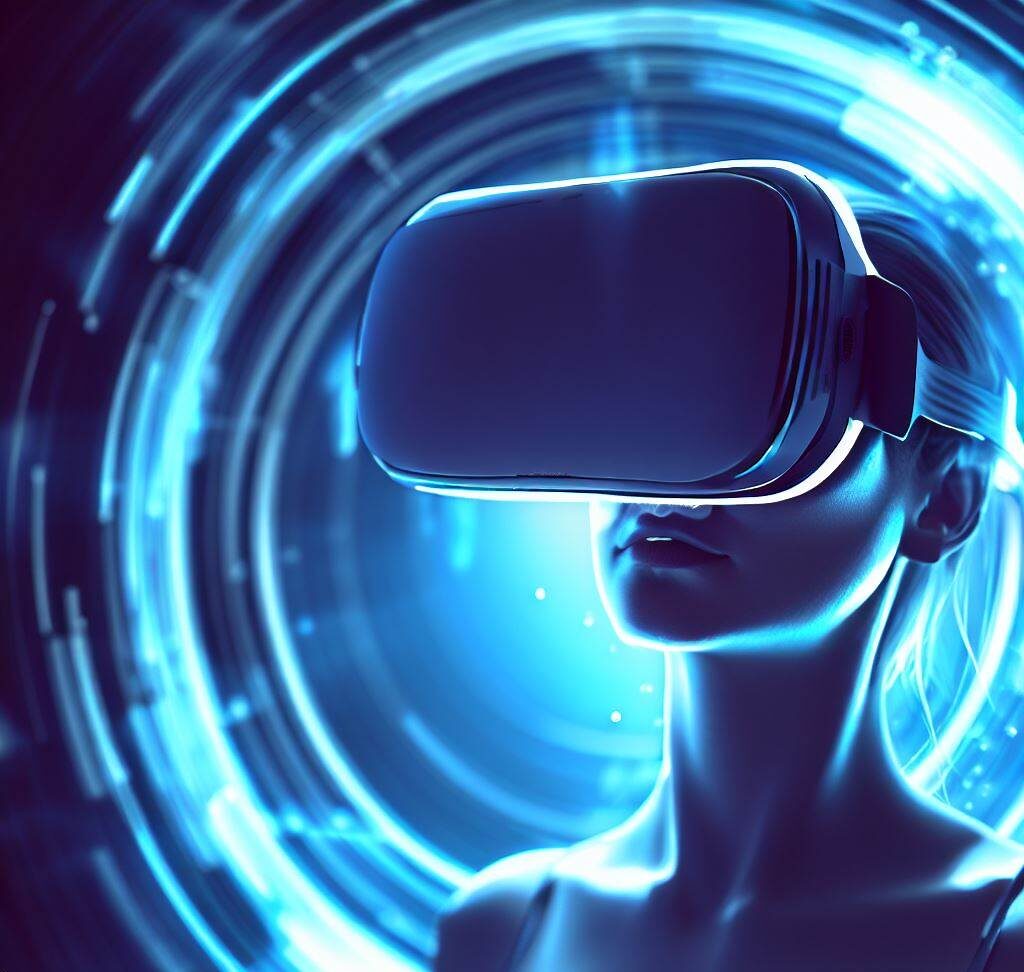
Virtual reality is a computer-generated environment that simulates a real or imagined world. Users interact with this environment using a headset that blocks out the real world and displays the virtual world.
VR headsets have become more affordable and accessible in recent years. This has led to a surge in the popularity of VR games and experiences. Some of the most popular VR games include Beat Saber, Half-Life: Alyx, and Resident Evil 7: Biohazard.
What is Augmented Reality?

Augmented reality is a technology that superimposes a computer-generated image on a user’s view of the real world, thus providing a composite view. AR apps can be used to overlay information on top of the real world, such as directions, product information, or even games.
AR is becoming increasingly popular, thanks to the widespread availability of smartphones and other mobile devices. AR apps are available for a variety of purposes, including education, gaming, and marketing.
The Future of VR and AR
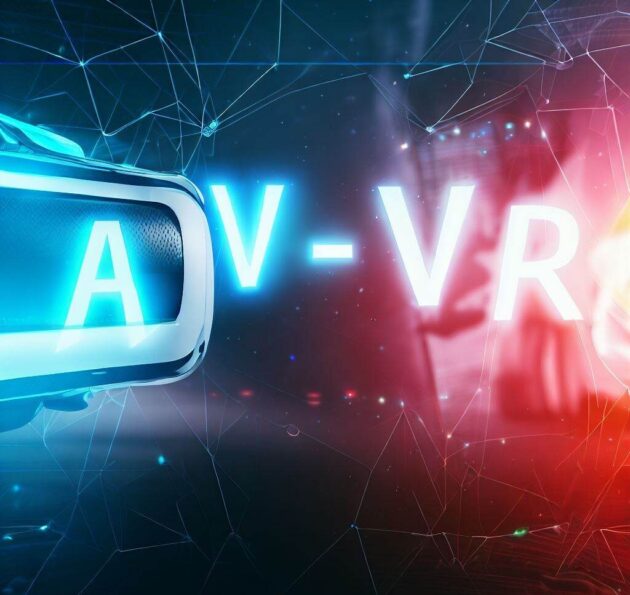
VR and AR are still in their early stages of development, but they have the potential to revolutionize the way we interact with the world around us. These technologies can be used for a variety of purposes, including:
- Gaming: VR and AR are already being used to create immersive and engaging gaming experiences. As the technology continues to develop, we can expect to see even more realistic and immersive VR and AR games.
- Education: VR and AR can be used to create interactive and engaging educational experiences. For example, students could use VR to explore historical sites or learn about different scientific concepts.
- Training: VR and AR can be used to create realistic and immersive training experiences. For example, soldiers could use VR to train for combat or surgeons could use AR to practice surgery.
- Healthcare: VR and AR can be used to provide therapy for a variety of conditions, such as post-traumatic stress disorder (PTSD) and phobias. They can also be used to provide remote medical care and training.
More thoughts on the future of VR and AR:
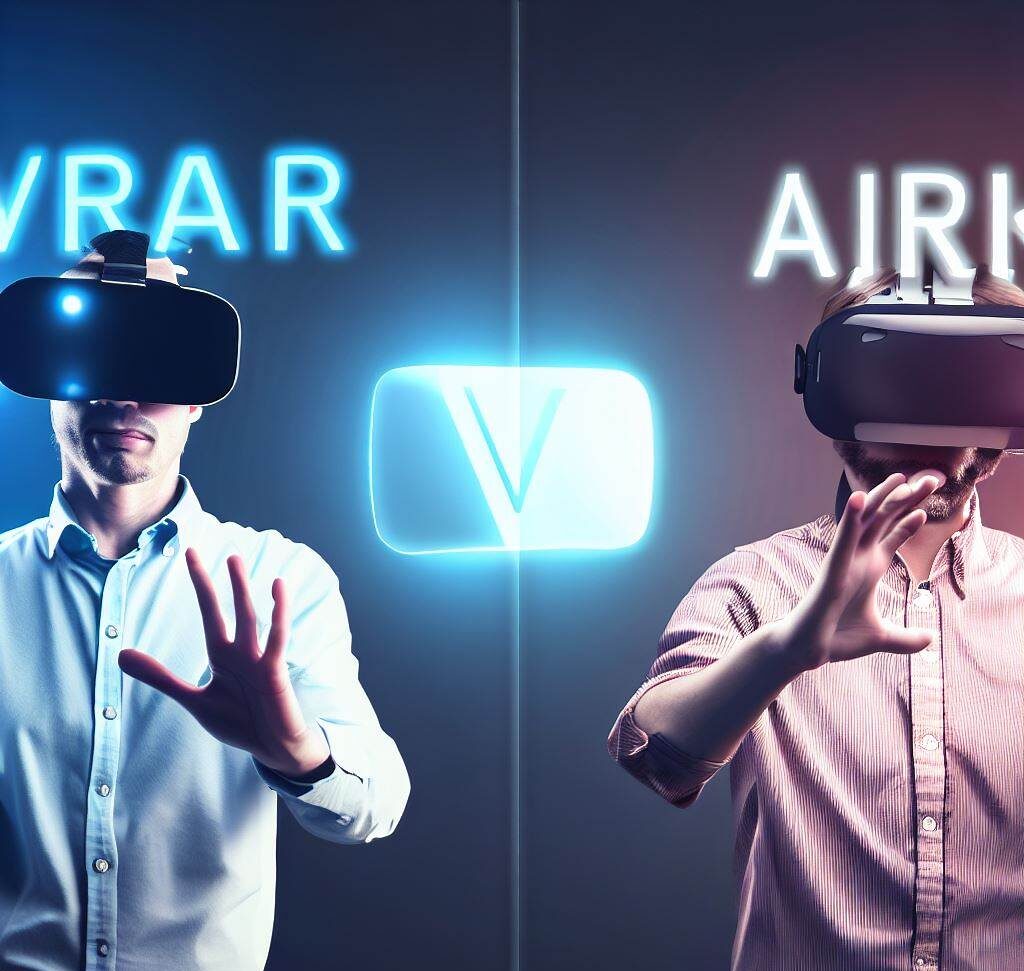
- VR and AR will become more immersive. As the technology continues to develop, we can expect to see VR and AR headsets that are more immersive and realistic. This will make the experience more engaging and believable for users.
- VR and AR will become more portable. VR and AR headsets are becoming smaller and lighter, making them more portable and convenient to use. This will make it easier for people to use VR and AR in different settings, such as at home, at work, or on the go.
- VR and AR will become more affordable. The cost of VR and AR headsets is coming down, making them more affordable for consumers. This will help to drive adoption of these technologies and make them more accessible to a wider range of people.
- VR and AR will be used in more industries. VR and AR are already being used in a variety of industries, such as healthcare, education, and manufacturing. As the technology continues to develop, we can expect to see VR and AR used in even more industries, such as retail, tourism, and entertainment.
- VR and AR will become more integrated into our everyday lives. VR and AR are still in their early stages of development, but they have the potential to become integrated into our everyday lives. For example, we could use VR to shop for clothes, learn a new language, or even travel to different parts of the world.
The future of VR and AR is still uncertain, but one thing is for sure: these technologies have the potential to change the way we live and work. It will be exciting to see how these technologies evolve in the years to come.
click here for the more content –> Read New
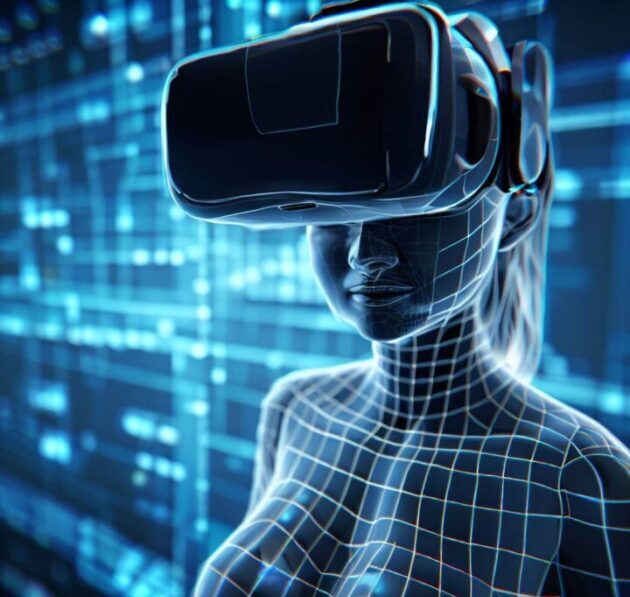

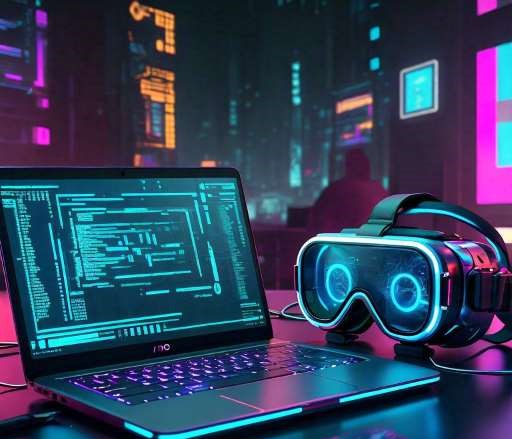

Leave a Reply